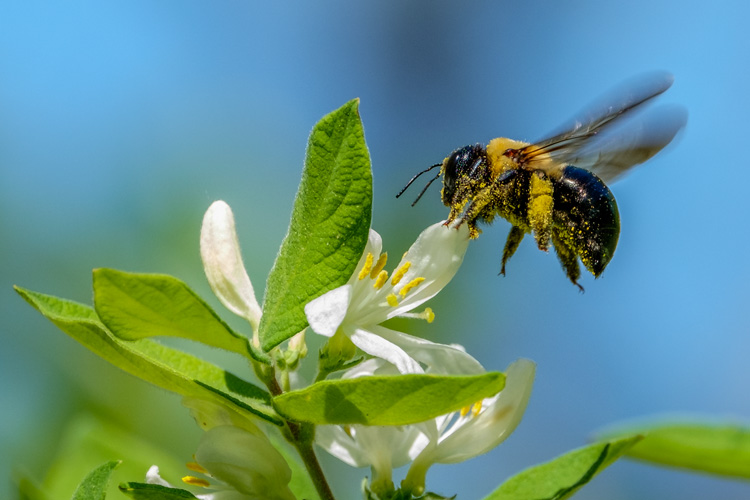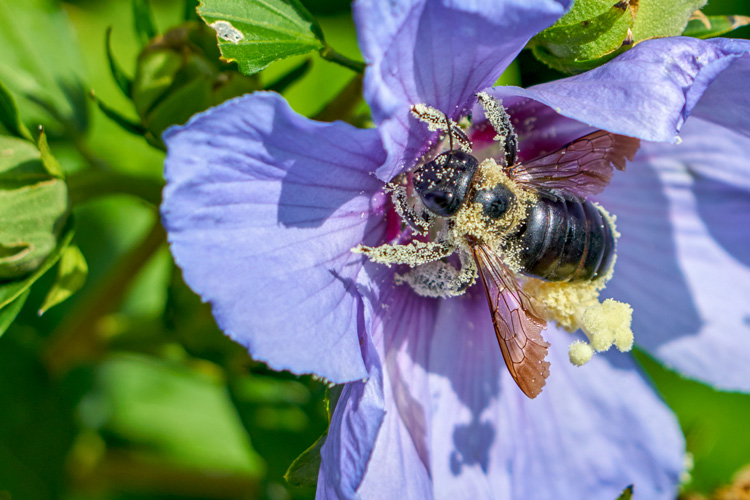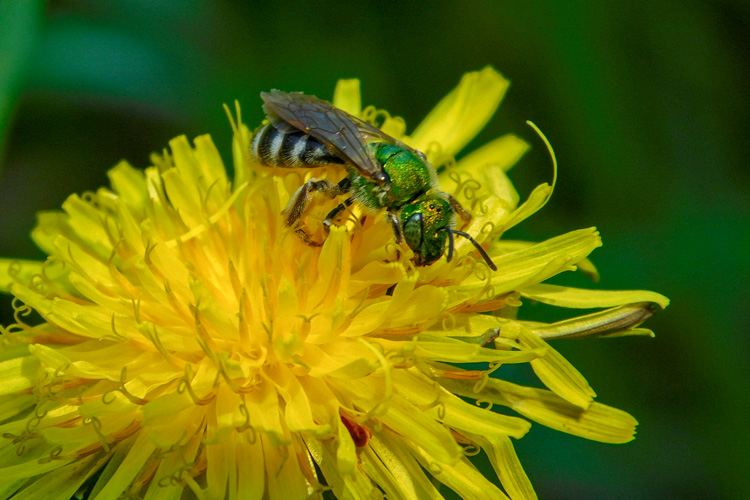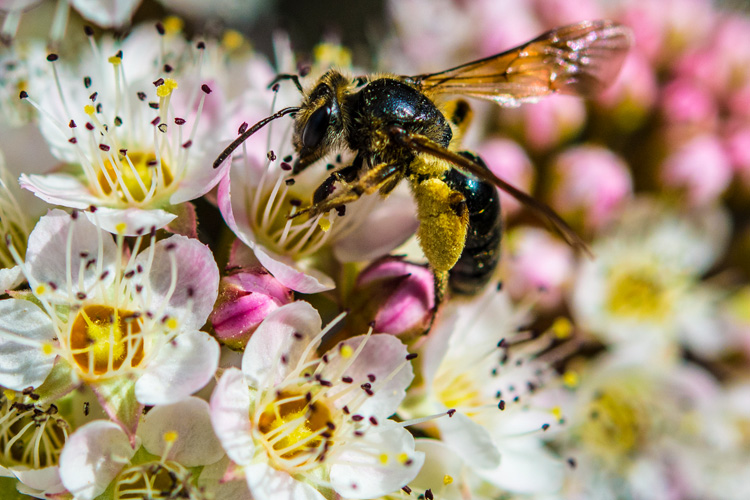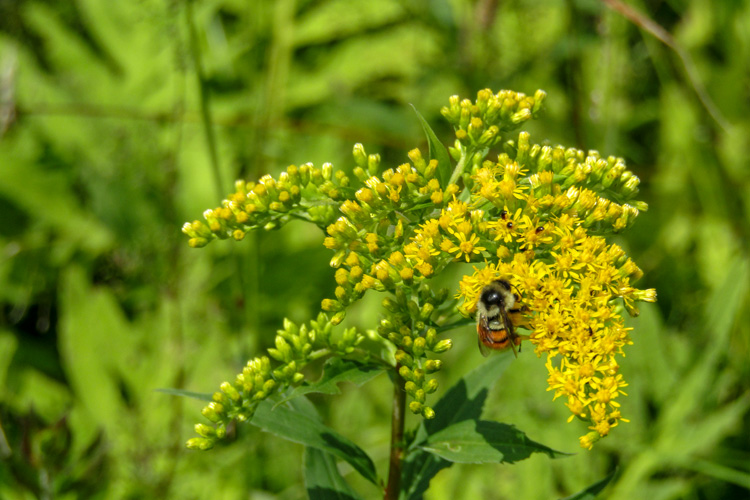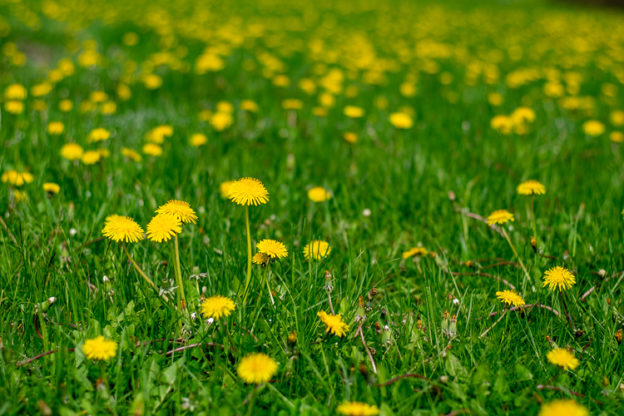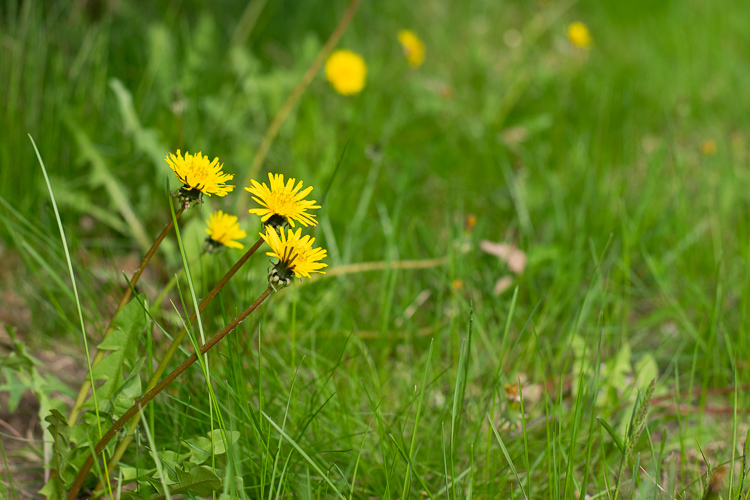It’s springtime and nature is abuzz with activity—literally, in the case of bees! With more than 370 species of bees living in Massachusetts, there’s plenty for a budding entomologist to discover. While the more familiar bumblebees and European honeybees are social, up to 85% of bees are solitary and do not form colonies, preferring to nest in burrows that they dig in wood or the ground. These solitary bees typically overwinter in burrows and emerge in the spring to begin reproducing.
Bees can sometimes inspire fear because some (but not all) of them sting. However, these fascinating insects are vitally important to nature and to our economy. Many are important pollinators of plants that we rely on for food and, of course, honeybees give us tasty honey and useful beeswax.
Find out more about bees and how you can help pollinators thrive on our website and enjoy these five photos of bees from our annual Picture This: Your Great Outdoors photo contest submissions.
